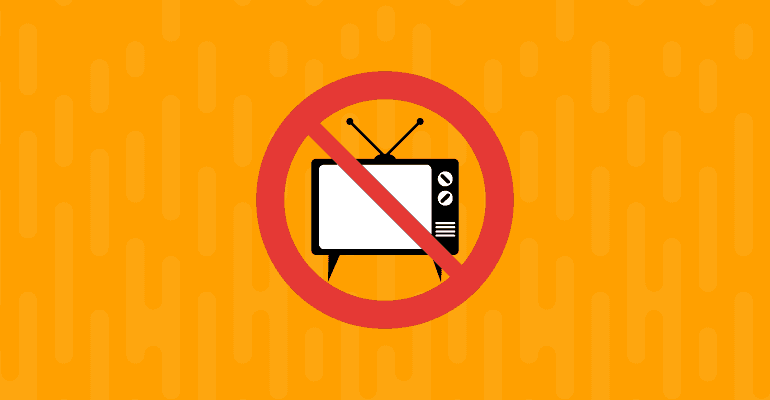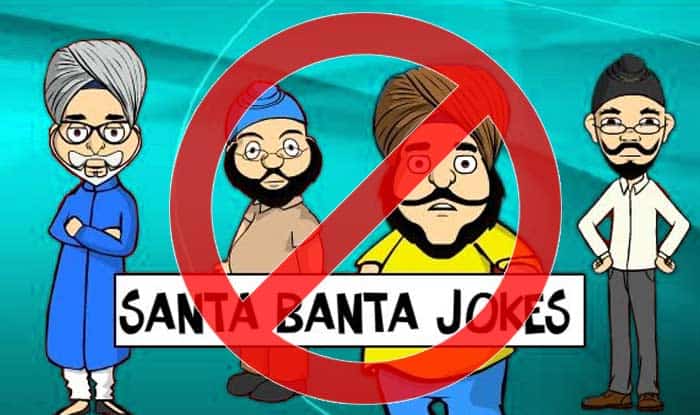In addition to the many prejudices, errs, and the copacetic oversimplifications of the modern man, is the idea that Nazi Germany or Mussolini’s Italy are dystopian concepts which do not have, or never had, the requisite thrust to manifest in the modern circumstances, where it is widely acknowledged that the communication and information technology have made the present world a better place. In simple assumptions and beliefs, Nazism or fascism are rudimentary concepts, unpractical, theoretically unrealistic, and utterly irrational.
In the article, Umberto Eco on Donald Trump: 14 ways of looking at a fascist, released 10 days after the death of Umberto Eco, one of the profound thinkers of the 20th century, the author Lorraine Berry suggested that the Nazis represented the ultimate instance of the rational state and Hitler had a complete philosophy as a dictator. The article further went on to establish the fascistic instincts of Donald Trump, not missing, however, that Donald Trump was actually too dumb to be compared to Adolf Hitler.
So what point am I driving to when I establish the practicality of another Nazi regime, or when I further tell you that according to The Economist Intelligence Unit’s Democracy Index, there were only 19 countries that had a full democracy in 2016? What trend the world is actually following when extremism and alt-right politics is increasingly taking the global center stage. Everything is pointing to a picture of the world politics which is far removed from the ideals of a democratic society, inching towards a dictatorial world. We may find solace in denial, but the realities are thrown at our faces every other day. But as it is always with realities, they are scrambled pieces, waiting to be put together in a wholesome picture.
In his famous pamphlet, Fourteen Defining Characteristics of Fascism, Lawrence Britt gives a list of 14 features of a dictatorship. Here are 14 signs of a fascist regime:
1. Powerful and Continuing Nationalism – Fascist regimes tend to make constant use of patriotic mottos, slogans, symbols, songs, and other paraphernalia.
2. Disdain for the Recognition of Human Rights – Because of fear of enemies and the need for security, the people in fascist regimes are persuaded that human rights can be ignored in certain cases because of “need.” The people tend to look the other way or even approve of torture, summary executions, assassinations, long incarcerations of prisoners, etc.
3. Identification of Enemies/Scapegoats as a Unifying Cause – The people are rallied into a unifying patriotic frenzy over the need to eliminate a perceived common threat or foe which is manifested in racial, ethnic, or religious minorities.
4. Supremacy of the Military – Even when there are widespread domestic problems, the military is given a disproportionate amount of government funding, and the domestic agenda is neglected. Soldiers and military service are glamorised.
5. Rampant Sexism – The governments of fascist nations tend to be almost exclusively male-dominated. Under fascist regimes, traditional gender roles are made more rigid. Divorce, abortion, and homosexuality are suppressed and the state is represented as the ultimate guardian of the family institution.
6. Controlled Mass Media – Sometimes the media is directly controlled by the government. Or else the media is indirectly controlled by government regulation, or sympathetic media spokespeople and executives. Censorship, especially in wartime, is very common.
7. Obsession with National Security – Fear is used as a motivational tool by the government over the masses.
8. Religion and Government are Intertwined – Governments in fascist nations tend to use the most common religion in the nation as a tool to manipulate public opinion. Religious rhetoric and terminology are common among government leaders, even when the major tenets of the religion are diametrically opposed to the government’s policies or actions.
9. Corporate Power is protected – The industrial and business aristocracy of a fascist nation often are the ones who put the government leaders into power, creating a mutually beneficial business and government relationship between the power elite.
10. Labour Power is Suppressed – Because the organizing power of labour is the only real threat to a fascist government, labour unions are either eliminated entirely or are severely suppressed.
11. Disdain for Intellectuals and the Arts – Fascist nations tend to promote and tolerate open hostility to higher education and academia. It is not uncommon for professors and other academics to be censored or even arrested. Free expression is openly attacked.
12. Obsession with Crime and Punishment – Under fascist regimes, the police is given almost limitless power to enforce laws. The people are often willing to overlook police abuses and even forego civil liberties in the name of patriotism.
13. Rampant Cronyism and Corruption – Fascist regimes almost always are governed by groups of friends and associates who appoint each other to government positions and use governmental power and authority to protect their friends from accountability. It is not uncommon in fascist regimes for national resources and even treasures to be appropriated or even outright be stolen by the government.
14. Fraudulent Elections – Sometimes elections in fascist nations are a complete sham. The assassination of opposition candidates, use of legislation to control voting numbers, and manipulation of the media, these tricks are blatantly practiced. Fascist nations also typically use their judiciaries to manipulate or control elections.
To quote Eco from Eternal Fascism: Fourteen Ways of Looking at a Blackshirt to conclude, “Ur-Fascism is still around us, sometimes in plain clothes. It would be so much easier for us if there appeared on the world scene somebody saying, “I want to reopen Auschwitz, I want the Blackshirts to parade again in the Italian squares.” Life is not that simple. Ur-Fascism* can come back under the most innocent of disguises. Our duty is to uncover it and to point our finger at any of its new instances — every day, in every part of the world.”
*Ur-Fascism was his umbrella term for Nazism and similar regimes.
Feature Image Credits: The Federalist Papers
Nikhil Kumar
[email protected]




